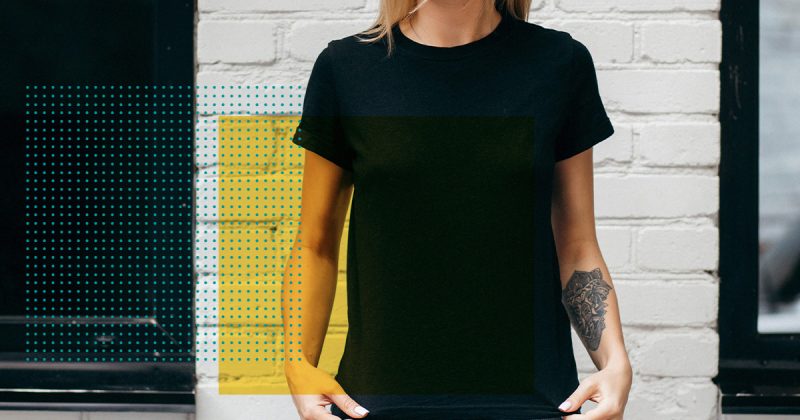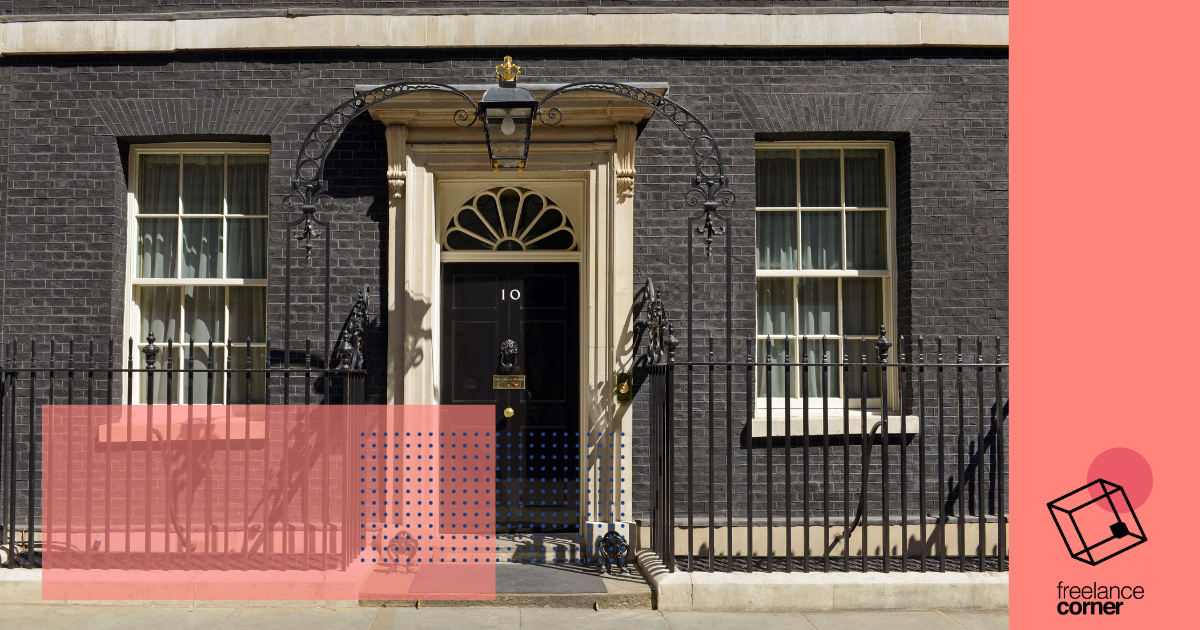You don’t have to be conventionally attractive to earn a reasonable full or part-time income, and it can enhance your self confidence and social life. So why not find out how to become a freelance model?
Don’t assume the industry is limited to magazine covers and fashion catwalks. Good rates of pay are available for niches such as posing for art classes, working at live events, or covering specific niches such as hand or foot modelling. The world of freelance modelling includes a much wider range of people than you might have imagined.
Why become a freelance model?
Whether you’re just starting out or already established, you have the choice between signing with an agency to represent you, or becoming a freelance model.
Agencies do offer some advantages, as they are likely to have existing agreements with clients and should be proactively finding you work. They should also be taking care of many of the administrative details, whether it’s checking clients, transport or accommodation if required and more. But the trade-off is that you’ll hand over a significant percentage of your earnings in return, and some agencies will want you to follow guidelines regarding your appearance and diet, for example.
Freelance models don’t just keep 100% of any earnings, but they also have complete control over the clients and type of work they agree to. And there’s nothing to stop you dying your hair, getting pierced or tattooed, or focusing on a particular area you enjoy. Being freelance also means you’re able to set your working hours around other commitments, whether that’s family or other employment.
The growth of social media, the need for brands to stand out more to gain attention, and widening acceptance of different looks and lifestyles means there are lots of good opportunities for freelance models who have a more unusual and interesting aesthetic.
You might find that modelling opens up other opportunities, especially if you’ve grown a substantial following online. Being your own boss allows you to switch your focus to growing an Instagram or Youtube channel, or moving into other areas (for example, fitness coaching, gaming, or selling your own products), whenever you feel the time is right.
What types of freelance modelling are available?
While you might associate the industry with supermodels, there are a wide range of freelance modelling opportunities available. And many of them have less strict entry requirements than the world of fashion. Which means you’re not automatically excluded if you’re less than 5’8” as a woman, or 5’9” as a man, for example.
Some areas of modelling to consider include:
- Catwalk or runway: Live modelling at fashion shows
- Fashion (Editorial): Representing brands in magazines, etc.
- Commercial: TV or print advertising
- Fitness: Promoting sports brands and products, which often requires a more muscular or toned physique
- Swimwear: Usually reserved for models 18 and older
- Lingerie: Usually reserved for models 18 and older
- Parts (Usually hands or feet): Often required for products including shoes or jewellery, for example
- Live modelling: Posing for art classes
- Promotional: Working at trade shows or events for a brand
- Fit model: Helps fashion and clothing companies get sizing and fit right before manufacturing.
- Online opportunities: Along with the growth of social media influencers, the demand for stock photos also provides a regular source of work for models.
You’ll also find demand for particular types of models, whether that’s petite, plus-size or mature individuals. It’s more important to find the areas which are most suited to you, rather than being pushed into taking on work which doesn’t feel right.
One big advantage of being your own boss as a freelance model is the complete control over your work, rather than being persuaded or pressured into anything by an agency. If you prefer not to work with a specific brand, for example, that’s entirely your choice.

What skills, experience or attributes do you need?
Although there are some exceptions, physical requirements are still fairly common in runway and fashion modelling. For the catwalk, female models will generally need to be 5’9” and above, while males will be required between 5’11” and 6’2”. So, if you’re tall and slim, it’s a possibility.
The other physical attributes which help to secure modelling jobs, regardless of your stature, are clear skin and healthy hair. Having a generally healthy lifestyle will also be an advantage, as the work can involve long hours, physical effort, and plenty of travelling. Holding a single pose can become uncomfortable, while promo models are expected to still be enthusiastic and professional eight or more hours a day, in busy conference halls.
No formal qualifications are required to become a model, but there are plenty of online courses and modelling schools which will offer training. It’s important to check and verify that the providers are genuine (and the same applies to scouts, photographers and casting calls). In all cases, be wary about pressure to pay for extras such as portfolio images, or up-front fees for being listed on modelling websites.
Some modelling schools are members of the British Fashion Model Agents Association, which is the UK trade association, formally the Association of Model Agents.
As a freelancer, you’ll need to be organised and professional. Working for yourself will mean researching any upcoming opportunities, and building your contacts and network within the industry. In addition to the modelling itself, you’ll also need to ensure your hourly rates cover the cost of transport and other expenses, so your efforts make a profit. Make sure you plan time to build your website, social media or other means of promoting yourself as a model, and to ensure that clients and working environments are safe.
How much can you earn as a freelance model?
Any estimate of income for freelancers will vary depending on how often you’re working, which niche you’re focusing on, and other factors. So, any figures quoted below are a rough guide to what could be possible.
For example, it’s one of the few industries where men will tend to earn significantly less than their female counterparts. And you should always be wary about offering to work for free, or being paid in clothes or products rather than money. While it’s possible some of these opportunities might benefit your career in the future, you can’t pay your rent and bills with publicity or an expensive dress.
As a basic guide, you can be paid hourly, daily or per project. Typical pay starts around £40 per hour, but can be much higher if you become a global star. The average income for a model in the UK is estimated at £39,104 (Check-a-Salary), £40,000 (Indeed) or £42,309 (Glassdoor). Life models will tend to earn a little less, with around £15 as a typical hourly rate.
Another factor will be the usage rights agreed for images which you feature in. If you’re posing for stock photos, you’ll typically receive a one-time payment (occasionally percentage shares of sales are also offered), and you might find the photos used indefinitely by brands that you may not have wanted to be associated with. Whereas client work will generally involve negotiation for them to acquire the rights to use the images for a set period of time, known as a ‘buyout’.
For example, you may agree a client can use your photos for a period of years in print advertising across the UK, but this wouldn’t include other uses or campaigns in other countries. As a freelancer, it’s easy to be pressured if you’re dealing with large companies, but it’s always important to stand your ground where you feel it’s worthwhile or necessary.
The estimates of an average income for a freelance model in the UK don’t include other income or benefits. That could include free products, or earning via online platforms such as Instagram or Patreon.
How to find clients as a freelance model?
If you’re just starting out as a freelance model, it’s important not to rush into anything which might be unsafe or fraudulent. That includes any agencies, scouts, casting calls or photographers that charge up-front fees. And it can be a good idea to take someone along with you as an escort when you’re meeting a prospective client for the first time, along with verifying their details etc.
You can start building experience, and your model portfolio, at home with a camera or smartphone, just by posing in front of any solid background. As you build up a collection of your best work, this can be shared on your own website, Instagram, or online modelling communities like Model Management or Model Mayhem.
A composite card (comp card) is the model version of a business card, and should include your best and most recent photographs, along with your measurements and modelling info. You might prepare different versions for clients in different niches, with a full body shot, one waist-up and a close-up on your face.
It’s also a good idea to start building connections with other models, and professionals who you might be able to work with, including freelance photographers, make-up artists and hair stylists. Not only can this result in referrals for jobs, but you’ll also build a network of people who can offer advice and support.
Ultimately, you’ll be building up both a digital collection, and a print model portfolio book you can bring to castings, which can show your talent and range.
Building your social media profiles can give you additional income opportunities along with raising your profile. And don’t ignore related work, for example as a TV or movie extra. Life models should look for local art schools and colleges, studios and similar organisations. You might consider the Register of Artists’ Models, although this requires an unpaid audition and an annual membership fee.
You’ll also need to ensure you’re budgeting for self-employed tax and national insurance obligations, and you may want to prepare your own contracts. You can find detailed guides on these areas, and many others, in the IPSE Advice section.
Ultimately, becoming successful as a freelance model will take time, effort and dedication. While some famous individuals were lucky enough to be spotted by chance on the street, most people who build a regular income have grown their skills, connections and portfolio over time. And may have switched between different approaches and niches before finding what works.
More resources and support to become a freelance model
- IPSE
- British Fashion Model Agents Association
- Model Management
- Model Mayhem
- Register of Artists’ Models
Researching other freelance careers? Why not check out our other guides:
- How to become a freelance photographer
- How to become a freelance web designer
- How to become a freelance writer
- How to become a freelance Virtual Assistant (VA)
- How to become a freelance SEO consultant
- How to become a freelance structural engineer
- How to become a freelance business analyst
- How to become a freelance event planner or organiser
- How to become a freelance coach
- How to become a freelance proofreader
- How to become a freelance bookkeeper
- How to become a freelance content creator
- How to become a freelance illustrator
- How to become a freelance hair stylist
- How to become a freelance recruiter
- How to become a freelance translator
- How to become a freelance editor
- How to become a freelance photojournalist
- How to become a freelance WordPress developer
- How to become an author
- How to become a freelance tutor
- How to become a freelance makeup artist
- How to become a freelance music producer
- How to become a freelance animator
- How to become a freelance digital marketer
- How to become a freelance network engineer
- How to become a freelance chef
- How to become a freelance fundraiser
- How to become a freelance data scientist
- How to become a freelance graphic designer
- How to become a freelance accountant or financial consultant
- How to become a freelance interior designer
- How to become a freelance personal trainer
- How to become a freelance HR consultant
- How to become a freelance filmmaker
- How to become a freelance transcriptionist
- How to become a freelance game developer
- How to become a freelance first aid trainer
- How to become a freelance video editor
- How to become a freelance project manager
- How to become a freelance musician
- How to become a freelance massage therapist
- How to become a freelance social media manager
- How to become a freelance 3D artist or modeller
- How to become a freelance AI prompt engineer
- How to become a freelance dog groomer
- How to become a freelance location scout
And you can get support and help if you’re starting out with self-employment, or still in the early stages of building your career, with the IPSE Incubator. The 12-month programme is currently free with IPSE membership, and includes advice, events, webinars, networking and more, tailored to anyone just beginning their freelance business.






